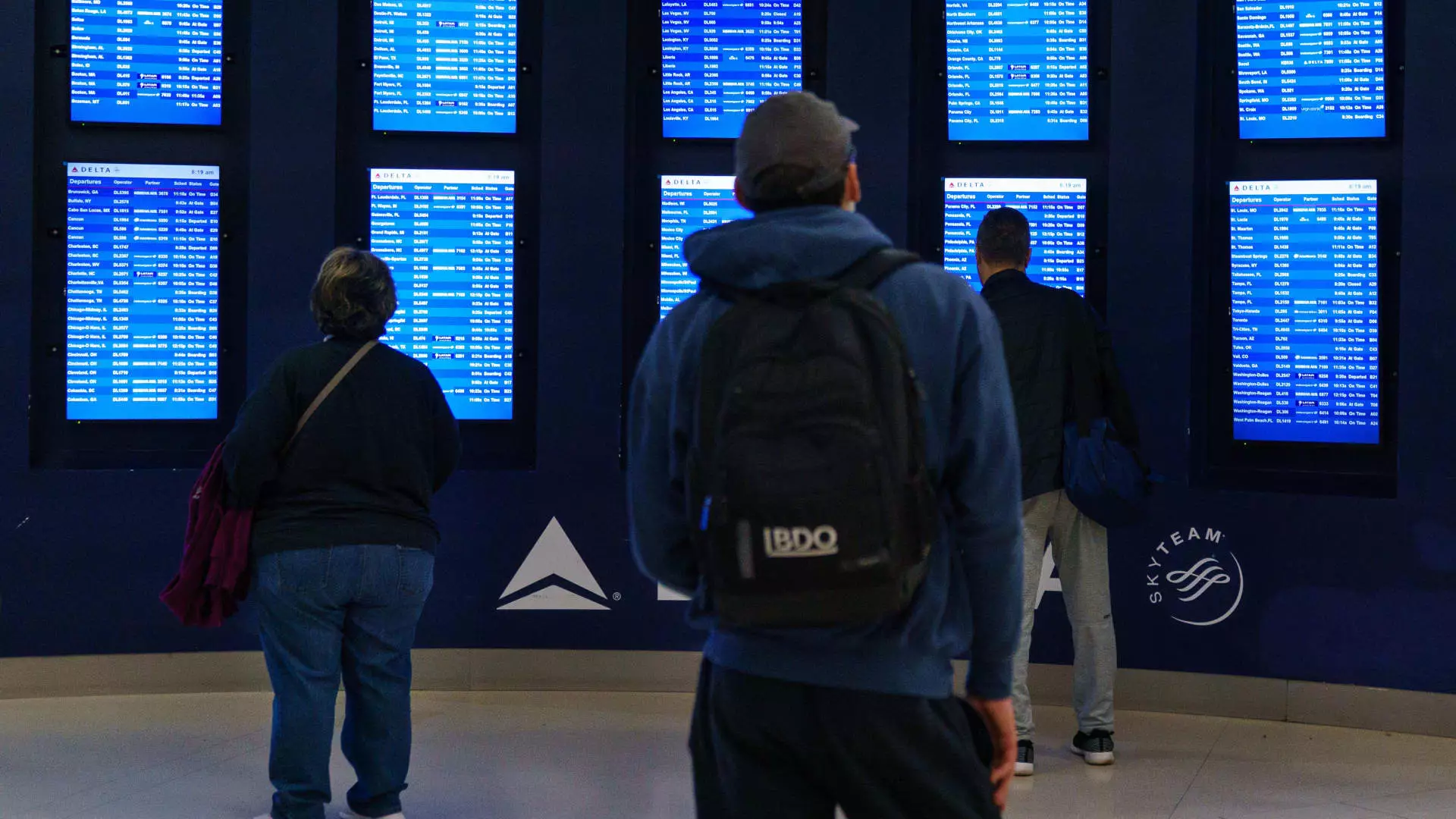The air travel industry is experiencing a remarkable resurgence in 2024, with international trips leading the way in this revival. As global travel restrictions have eased, airlines have reported a significant increase in demand. The International Air Transport Association (IATA) reports an impressive rise in revenue-passenger miles, which soared almost 11% from January to October compared to the previous year. This upward trajectory indicates greater consumer confidence and a strong desire for travel, especially for international destinations.
The forecast for 2025 is equally optimistic, with IATA projecting a 4.6% increase in aircraft departures, totaling approximately 40 million flights. Such projections showcase not only the recovery of the industry but also the growing appetite among travelers to explore new horizons beyond their immediate surroundings. As airlines scramble to meet this demand, the focus is shifting towards enhancing passenger experience, particularly in premium seating, which has become increasingly popular on long-haul flights.
In a competitive market, airlines are undertaking significant efforts to expand their flight offerings. However, this expansion is not devoid of challenges. The sector continues to grapple with a shortage of new aircraft, which poses risks of delayed additions to fleets and restricts potential growth. Financial challenges also persist for numerous carriers, hindering their ability to invest and expand as quickly as desired. Despite these operational hurdles, many passengers have noted a reduction in flight disruptions compared to the chaos experienced during the pandemic era when staffing shortages severely impacted airlines.
This year, airlines seemed better prepared to handle the influx of travelers, showing resilience and adaptability. The implementation of improved scheduling and operational efficiencies has played a vital role in reducing delays, fostering a more positive travel experience.
Highlighting the importance of punctuality within the aviation industry, Cirium recently released rankings identifying the most on-time airlines. Punctuality, defined as arriving within 15 minutes of the scheduled time, remained a critical metric for evaluating airline performance. Delta Air Lines emerged as the leader among U.S. and Canadian airlines, despite enduring a setback due to the CrowdStrike outage in July that had resulted in the cancellation of thousands of flights.
Other airlines also showcased impressive on-time performance, with Aeromexico leading globally at 86.7% on-time arrivals, followed closely by Saudia Airlines and Delta Air Lines at 86.35% and 83.46% respectively. This data underscores the fact that while global carriers navigated challenges, operational efficiency became a distinguishing factor in maintaining customer satisfaction.
As the air travel industry progresses through 2024, it stands at a crossroads characterized by rapid growth and ongoing challenges. The demand for travel is poised to continue its upward trajectory, propelled by enhancing consumer confidence. Nevertheless, airlines must tackle existing operational obstacles, including fleet expansion and financial stability, to fully capitalize on this growth potential. Moreover, with punctuality and reliability emerging as critical determinants of consumer choice, airlines that invest in these areas may find themselves better positioned in a competitive marketplace. The road ahead promises both opportunity and complexity, making it essential for carriers to adapt swiftly in the ever-evolving landscape of air travel.

